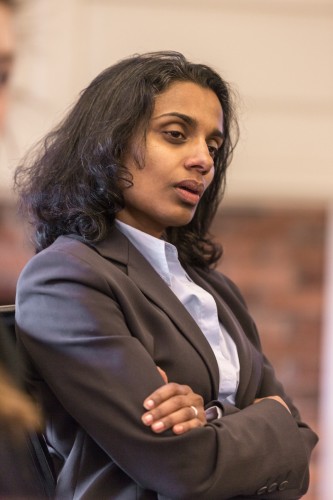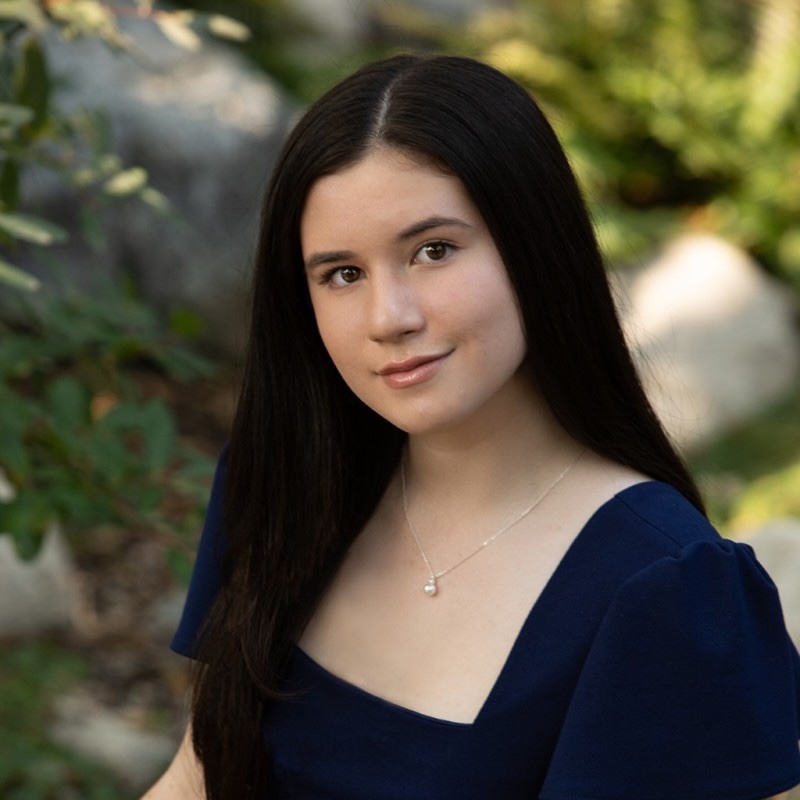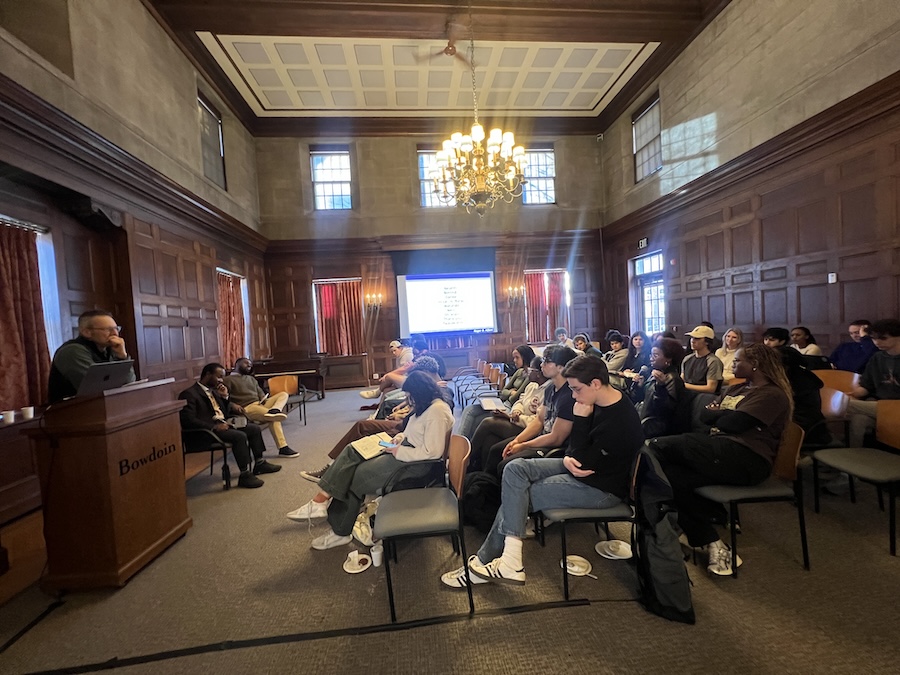Professor Chakkalakal Presents Writer’s Unpopular Perspective on Race
By Elina Zhang '16
Associate Professor of Africana Studies and English Tess Chakkalakal recently gave a public talk on campus about Charles Chesnutt’s 1901 novel The Marrow of Tradition, a book she positions as “a — maybe the — great American novel.” Chakkalakal focused on the novel’s treatment of race, which Chesnutt had argued in his essays was a social fiction. His was a controversial stance that helped nudge him into obscurity, but Chakkalakal said his ideas deserve to be resurrected and examined in today’s world.
Chesnutt wrote The Marrow of Tradition in 1901, following the Wilmington race riot of 1898 in Wilmington, North Carolina. Chesnutt had by that time already amassed a significant following after publishing four book and two story collections. He was the first African American to publish stories in the Atlantic Monthly, gaining the approval of authors such as William Dean Howells. Yet The Marrow of Tradition did not impress Howells or the predominantly white audience he had formed, nor did it impress many contemporary African American critics at the time, including W.E.B DuBois.
The Marrow of Tradition, Chakkalakal explained, is a fictionalized retelling of the Wilmington race riot, in which a mob of white people attacked a black newspaper. “Chesnutt was interested in how race got talked about in the papers, papers or popular press. He was unhappy about the way race was talked about at the time,” Chakkalakal said. But why did his perspective in The Marrow of Tradition upset readers?
Chakkalakal highlighted two relationships in the book to answer this question: the first between Dr. William Miller, a black doctor, and Dr. Price, a white doctor, friends who in one scene ride together on a train. They are chatting in an all-white section of the train until it crosses the border into Virginia, when the conductor asks Miller to leave for the “colored” section. Dr. Miller does leave, in spite of Dr. Price’s protests. Chakkalakal explained that scenes similar to this one are repeated throughout the novel, in which the two men receive different treatment although “there is no reason for there to be differences between Miller and Price, who are both doctors.” The second relationship she described is the one between the characters of Olivia and Janet, two half-sisters with different mothers. “There are no differences between the two of them, besides one who is considered white and one who is considered black,” Chakkalakal said.
Howells was disappointed in The Marrow because he thought “the novel was too bitter…in its portrayal of both white and black people who showed flaws….[Chesnutt did not discern] the heroes and villains by their race but by the ideas they had. His one big idea was that they [authors] have to let go of the commitment to race.” Indeed, that everyone had to erase these fabricated and false divisions between white and black people.
Chakkalakal argued that this idea was controversial and unimpressive to readers, but that Chesnutt held onto his hope for “the race problem to end, to be solved.” He understood people’s fear and discomfort of doing away with race on both sides of the color line, Chakkalakal said, but believed the only way to solve the “race problem” was to do away with race altogether. She concluded with a quote from Chesnutt’s essay Race Prejudice. “Race prejudice may survive for a while after its causes have been removed, but in the end it must go as its mother, slavery, went….We should miss the problem, if it were settled in our time….We should miss it, but we shall be glad to have it go.”
Chakkalakal is the author of Novel Bondage: Slavery, Marriage, and Freedom in Nineteenth-Century America, as well as co-editor of the novels of Sutton E. Griggs. Her literary criticism has appeared inAmerican Literary History, Studies in American Fiction, The New England Quarterly, and South Atlantic Quarterly. She is currently at work on a biography of Charles Waddell Chesnutt.



